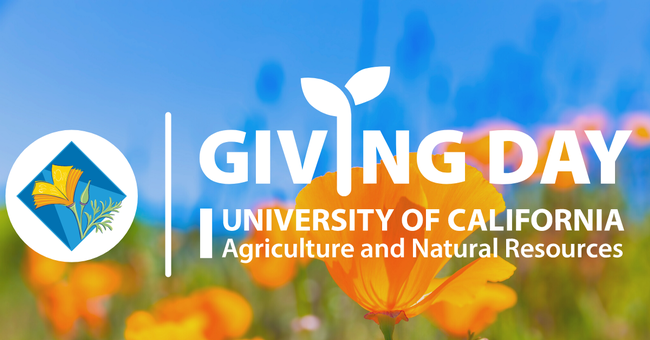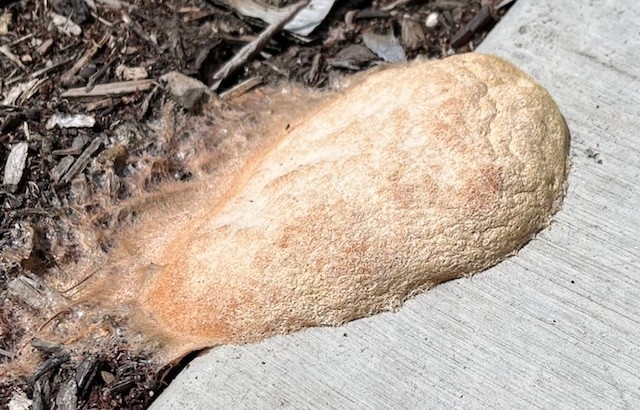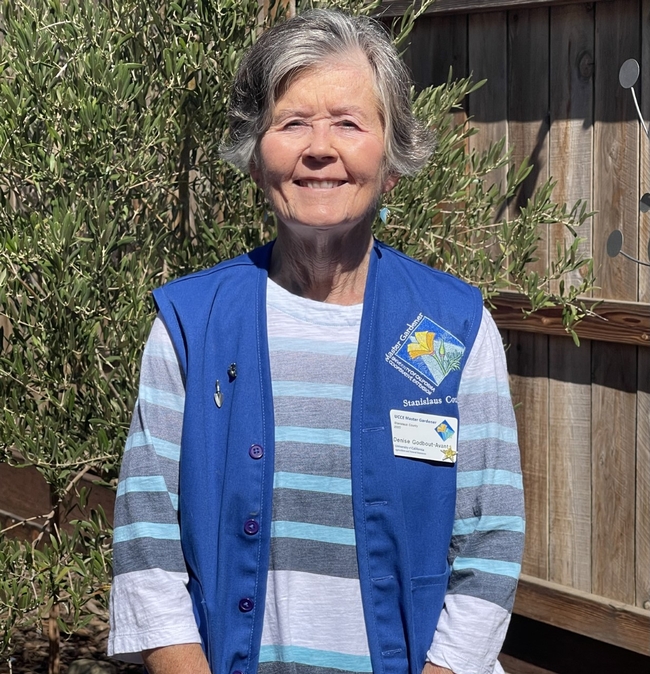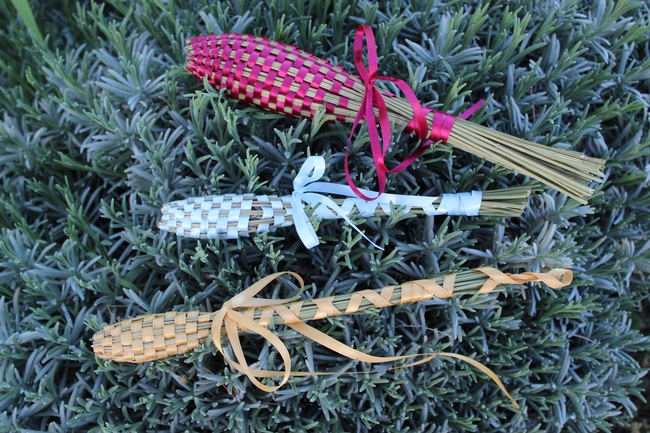
For the third year the UCCE Stanislaus County Master Gardeners is presenting its popular A Lavender Experience Workshop. Participants will:
- Explore the history of lavender and its uses.
- Learn about different types of lavender and how to grow them.
- Learn to make a lavender wand* and a stem lavender basket* (NEW!).
- Snack on lavender flavored goodies like lavender lemonade, salad, and shortbread.
- Get recipes for food made from lavender and dried culinary lavender to make your own recipes.
- Take home some lavender soap and scrub made by our UC Master Gardeners. (NEW!)
- Get a lavender plant to put in your garden.
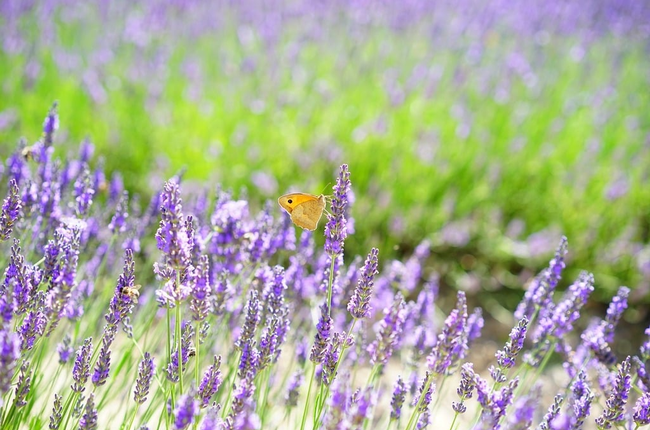
Where: location mailed to participants
When: Saturday, June 22 9:30 AM - 12:00 PM
Cost: $30
Note: 35 spaces available
Questions? (209) 525-6862
Sign up online: https://ucanr.edu/lavender/2024
Master Gardener Instructors: Heidi Aufdermaur, Doone Cockrell, Denise Godbout-Avant, Bonnie Jones-Lee, Karen Jorgensen, Connie Lundgren-Gardner, Sandy Mann, Stephanie Ranon, Janet Wickstrom
If you cannot afford to pay full price for this workshop, please contact Anne at (209) 525-6862 or aschellman@ucanr.edu for a partial scholarship (while supplies last).
*Lavender wands and baskets can be placed in clothes drawers or cabinets to release a fresh scent and may last for years. You can also keep your wand or basket near your desk and inhale its relaxing fragrance when needed. Baskets can be used to store dried flowers, potpourri, or small items.
The lavender field image is from Pixabay and was published prior to July 2017 under the Creative Commons CC0 1.0 Universal Public Domain Dedication license https://web.archive.org/web/20161229043156/https://pixabay.com/en/service/terms/
- Author: Anne Schellman
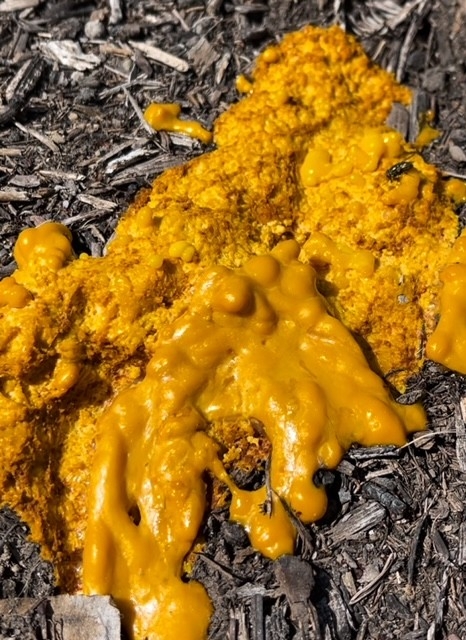
Although this substance looks like vomit and is called "Dog vomit slime mold," it is actually a living, growing fungi that thrives during moist, wet weather and is not harmful to your garden. Luckily it is short-lived and is drying up now that temperatures have warmed.
You can read more about dog vomit slime mold and other strange (or should we say ‘cool?') looking fungi that might appear in your garden or landscape on the UC IPM website at https://ipm.ucanr.edu/TOOLS/TURF/PESTS/disnusiance.html
Did you see this in your garden this year? Or in past years? Please comment below!
- Author: Denise Godbout-Avant
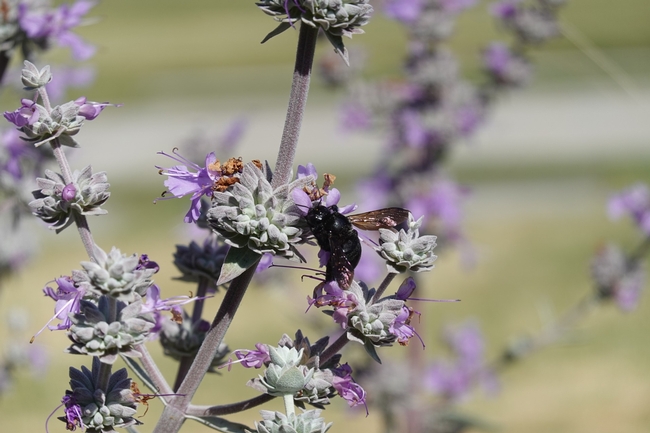
Native California Salvias
Native salvia foliage are known for their distinctive fragrances, often with grayish square stems, and colorful two-lipped flowers arranged in whorls or spikes on flower stalks. The flowers generally come in shades of blue, purple, lavender, with some white, red, and pinks. These salvias grow best in areas with full sun and good drainage. Prune lightly during the growing season, after flowering, to shape the plants. Once established the California native salvias generally need little to no water during the hot months.
Salvia 'Bee's Bliss' (S. ‘Bee's Bliss')
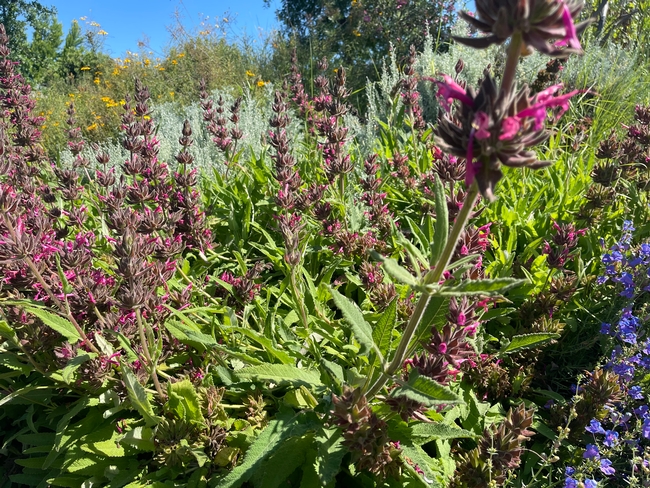
California White Sage (S.apiana)
A semi-deciduous, aromatic bush that grows 3-5 feet tall and 5-8 feet wide. Leaves are silver-white with clusters of small white flowers with lavender streaks that bloom from spring into fall. In Latin, apiana means of or belonging to bees; the white sage is particularly attractive to bumblebees and carpenter bees, as well as hummingbirds. Attractive at night, it reflects the moon and garden lighting. White sage is drought-adapted, low-water shrub that grows best in full sun. Light pruning helps keep it neat and compact. Considered a sacred plant by Native American people, it has been used for hundreds of years for spiritual and medicinal practices.
Black Sage (S. mellifera)
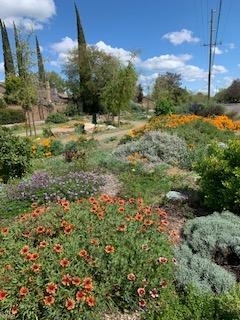
Cleveland Sage (S. clevelandii)
An evergreen shrub from southern California and northern Baja California, this rounded bush grows to 3-5 feet tall and 5-8 feet wide. The leaves are 2 inches, wrinkled, toothed, gray-green elliptical shaped and can perfume the entire garden particularly in the morning, after a rainstorm, or on a warm, summer afternoon. The inch-long pale lavender to violet-blue fragrant flowers are widely spaced whorls along 1.5-2 feet stems. Blooms in the spring through the summer. Remove faded spikes to encourage rebloom. Very drought tolerant; limit watering to no more than once a month during the summer. Several cultivars are available in plant nurseries including the “Winnifred Gilman” variety which is more compact (3 feet wide and tall). The foliage makes a refreshing tea and is also used as a preservative in potpourri.
Hummingbird Sage (S. spathacea)
As the common name suggests, this salvia is a magnet for hummingbirds, but also for bees and butterflies. Native to the low elevation of the coast range of California, it grows 1-2 feet high to 1-3 feet wide. It spreads by rhizomes, so it can cover a wide area, which makes it a popular groundcover plant. The foliage is evergreen, with scalloped, wrinkled leaves, and has a light, fruity aroma. The striking blooms are 2-inch bold pink and magenta whorls which rise above the leaves. It blooms throughout late winter, spring, and summer, and sometimes even into fall with the flowers remaining conspicuous long after they fade. It grows well in partial shade and shade. It is drought-tolerant and can grow without summer irrigation once established, though some supplemental water will keep the foliage green.
So, if you are looking for an easy-to-care-for plant which are highly aromatic, grow well in our hot, often dry climate that will attract a diversity of pollinators, and come in a wide variety of sizes, shapes, and colors to suit any preference you have, consider planting a salvia (or several!).
Resources
- https://ipm.ucanr.edu/PMG/GARDEN/PLANTS/salvia.html
- Sunset Western Garden Book
- California Native Plant Society - https://calscape.org/ (enter “salvia” in the search mode)
Denise Godbout-Avant has been a UC Cooperative Extension Master Garden in Stanislaus County since 2020.
- Author: Anne Schellman
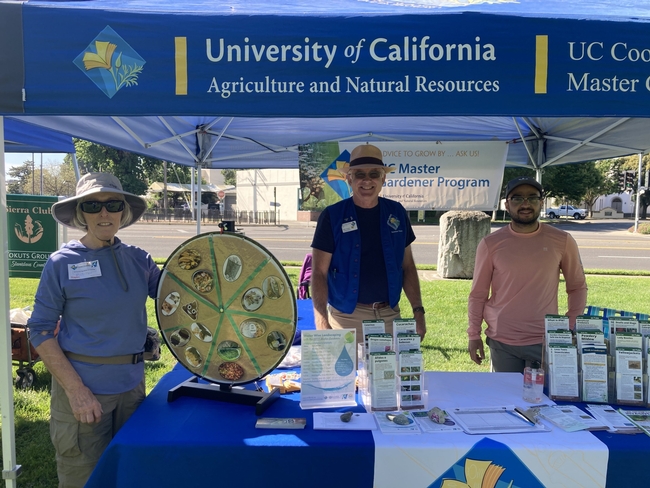
Called or visited the Stanislaus County UC Cooperative Extension Master Gardener Help Line and gotten information on what to do about a pest or gardening problem.
Learned something new from a class at a Garden Club, local Stanislaus County Library, Workshop at the Ag Center, or one of our online classes from our YouTube Channel.
Attended an event such as the Stanislaus County Fair, A Wellness Fair for county employees, the Pollinator Garden Event, Earth Day, or a Farmers Market booth and spoken with a Master Gardener.
Read our newsletter, The Stanislaus Sprout and gained helpful gardening and pest management information.
Are a current Master Gardener and would like to give to support the program.

All funds go DIRECTLY to our program.
Prize Challenge Awards
Online gifts made between noon on May 19 and 11:59 a.m. on May 20 may help programs qualify for prize challenge awards! Donations can be made at http://donate.ucanr.edu/givingday.
Checks Accepted
If you prefer sending a check instead of donating online, please make checks payable to “UC Regents” and specify “Stanislaus County Master Gardener Program” in the check memo. Then mail or drop off to our office: UC Master Gardeners, 3800 Cornucopia Way, Ste A, Modesto, CA 95358.
Your Support
Donations directly benefit the program to help provide scholarships to volunteers that want to enroll in our training program and people who can't afford our workshops. They also help replace computers, create prize wheels for fairs, purchase seeds to give away at events, and pay for other materials needed for outreach and education. We thank you for your support!
Anne and the Classes of 2019, 2020, 2022, and soon-to-be 2024 UC Cooperative Extension Master Gardeners of Stanislaus County.
Anne Schellman has been the coordinator for the program since 2018.
- Author: Anne Schellman
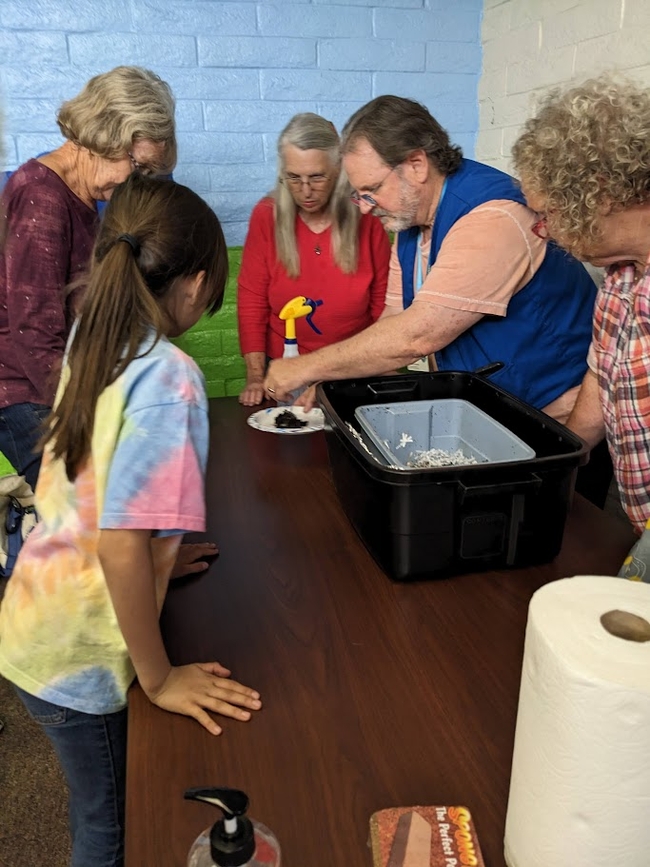 Giving Day is next week!
Giving Day is next week!

Has our program made a difference in your life? If you've attended one of our classes at a local library or garden club, gained information from reading a Sprout article, or asked a question of our Help Line, please consider making a donation to our program.
All dollars given go directly to our local program UC Cooperative Extension* Master Gardener Program in Stanislaus County.
We rely on donors like you to help us purchase much needed materials for our demonstration gardens, training classes and outreach events. They also support scholarships for individuals that cannot pay to attend training classes or workshops.
Your generosity helps us continue our mission of supporting Stanislaus County residents with sustainable gardening and pest management information.
Giving Day ends at noon on May 17. Stay tuned for another message with information on how to give, and follow us on Facebook and Instagram @UCMGStanislaus.
*Cooperative Extension operates under the umbrella of a larger, statewide organization called UC ANR or University of California Agriculture and Natural Resources.
